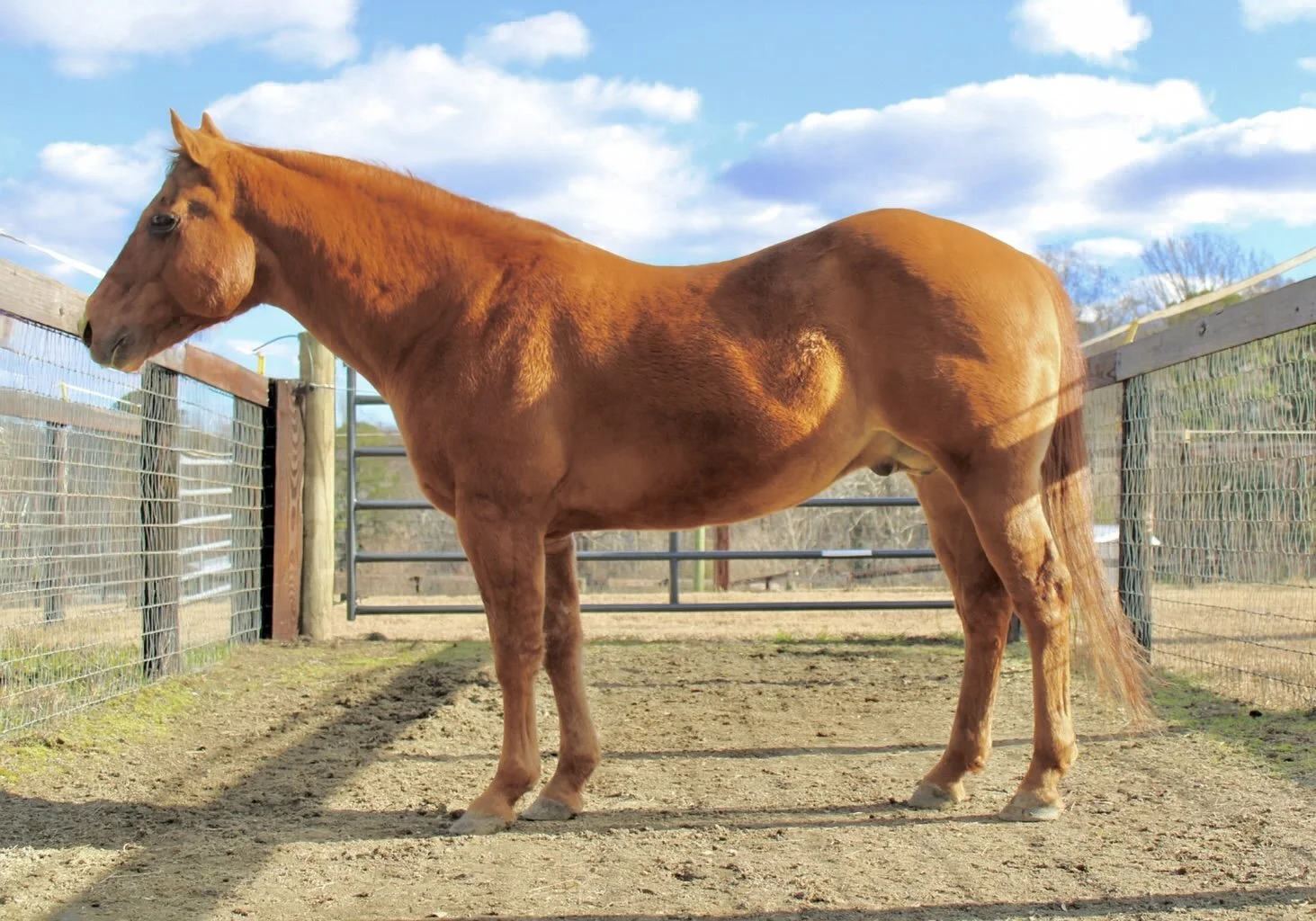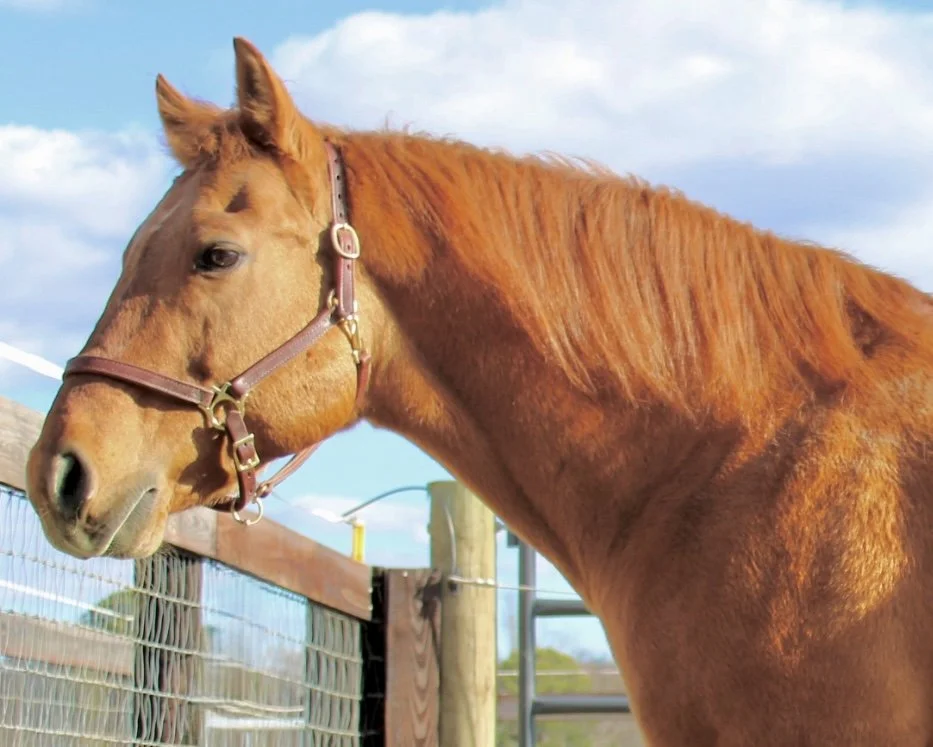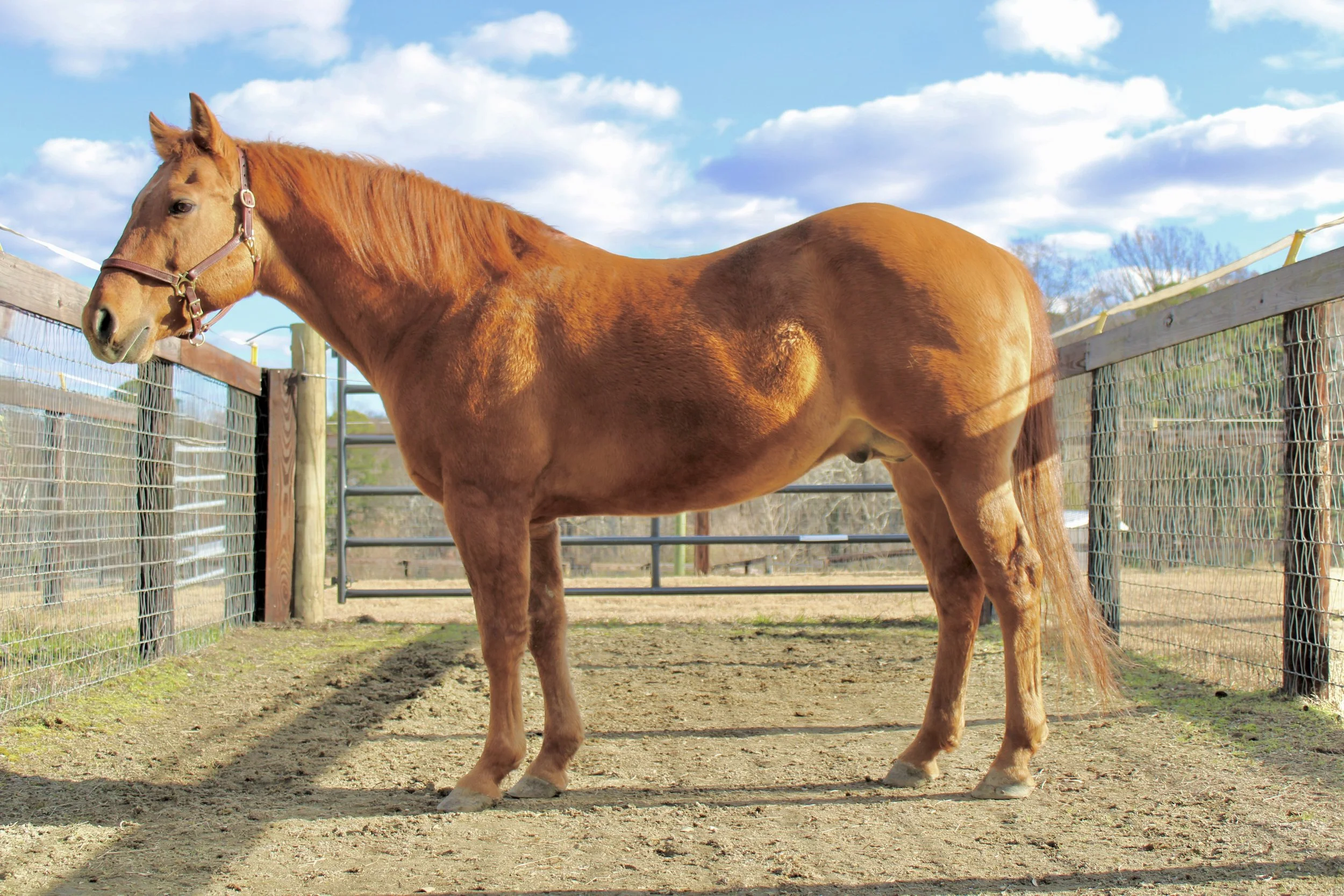-
TQHA Roping & Barrel Incentives:
-Foal Eligible for Team Roping, Calf Roping, Breakaway, & Barrels.
NRCHA Subscribed Stallion Program:
2024, 2025 Foal Crop
-Foals eligible for NRCHA Stallion Stakes
2024 foal crop
-
Sun Un Dun - "Sunny"
AQHA #-4942362 NFQHA # - F0035000
-MR. SUN OELNA (AQHA World champion)
-DOC OLENA (NCHA Futurity Open Champion, AQHA HOF)
-SPARTA TIVEO (As a sire and grandsire foals competing at high level cutting and roping)
-POCO STRIPE (Sire of AQHA ROM Arena, Halter point earners & NCHA Futurity Semi-finalist).
*Own son of Mr. Sun Olena:
The only stallion by DOC O’LENA to become an AQHA Champion, earning 52 AQHA points and $37,686.
At five & six, 1997 NCHA Super Stakes Amateur Classic Champion;
Champion of the 1997 Abilene Western Limited Non-Pro Classic and the Abilene Western $50,000 Amateur Classic; 3rd, 1997 NCHA Non-Pro Classic/Challenge; finalist in the 1997 NCHA Super
Stakes Non-Pro Classic and the 1997 NCHA Amateur Classic/Challenge; 5th, 1997 Abilene Western Non-Pro Classic.
As an aged horse, 1999 Houston Livestock Show NCHA $50,000 Amateur winner; Co-Reserve Champion of the 1999 Fort Worth Livestock Show NCHA $50,000 Amateur; 2000 Houston Livestock Show NCHA Non-Pro finalist.
In AQHA events, AQHA Champion; ROM’s in halter, cutting, and working cow horse, with 16 halter points (9 Grands), 25.5 cutting, 10.5 cow horse points; fourth in the Nation in 1996 AQHA Junior Cutting.
*Sun Un Dun is also Out of Miss Poco 163 whose Grandsire was Poco Tivio
Poco Tivio: In 1951 and 1952, placed fifth in the National Cutting Horse Association year-end top 10. In 1952, Tivio won AQHA Champion title, consistently winning in both cutting and halter.
As a stallion, Poco Tivio was known for passing on his low-key temperament and flashy working style. His offspring showed as well in halter as in cutting.
Tivio received the NCHA Certificate of Ability Bronze Award, had $11,000 in NCHA earnings and is a member of the Working Cow Horse Hall of Fame. He sired 308 registered foals in 25 crops. Of those, 81 were AQHA point earners, 10 AQHA Champions, 26 ROM earners, and six Superior award winners that won 10 Superior performance awards in five events.
Tivio’s daughters have produced the winners of more than $2.2 million in AQHA, NCHA, National Reining Horse Association and National Reined Cow Horse Association competition. The foals of those mares have earned 6,641 AQHA points in halter and performance, 10 open and youth world championships and two open reserve world championships.
-
40 Foals: 18 Colts, 22 Mares
Produces talented foals for Reining, Cutting, Barrel, Roping, Ranch and Trail.
Offspring Earnings: $10,000
Color:
-Duns: 26
-Red Duns: 3
-Browns: 3
-Bays: 4
-Gray: 1
-Sorrell: 3
-
2007 Red Dun
SUN UN DUN: 92% Foundation Quarter Horse
(21, 7/8%) Poco Bueno
(15, 5/8%) Doc Bar
The product of years of breeding at the Perkins Ranch in East Texas.
SUN UN DUN represents the best of the old breed with the relevance of winners today. “Sunny” is athletic, intelligent, and agile. With size and plenty of speed. When crossed with our select group of young mares Sun un Dun produces outstanding cutting, reining, cowhorse, roping, ranch and barrel racing prospects. With progeny excelling multiple events.
-
The dun gene affects both red and black coat color pigments. The gene is associated with "primitive marking" and has the ability to affect the appearance of all black, bay, or chestnut ("red") horses to some degree by lightening the base body coat.
The dark stripe down the middle of the back is the most recognizable marking associated with dun horses. Other markings include a darker tail and mane, as well as a darker face and legs. The classic dun is a gray, gold or tan color, characterized by a sandy yellow to a reddish-brown body color. Depending on other underlying genetic coat color factors, a dun horse may appear as a light yellowish shade or a steel gray. Manes, tails, primitive markings and other dark areas are usually the shade of the non-diluted base coat color. Many dun horses are mistaken as buckskin horses.
The Dun allele is dominant, meaning that a horse that carries either a single copy (heterozygous – D/d) or two copies of the gene (homozygous – D/D) will develop the dun colorations.
Dun Markings:
Dorsal stripe (a stripe down the center of the back, along the spine). These are seen almost universally on all duns.
Horizontal striping on the back of forelegs. These common on most duns, though at times rather faint.
Shoulder blade stripes. The least commonly seen of the primitive markings.














